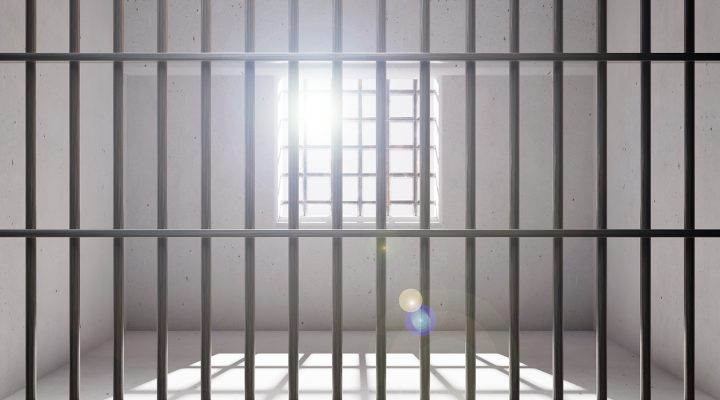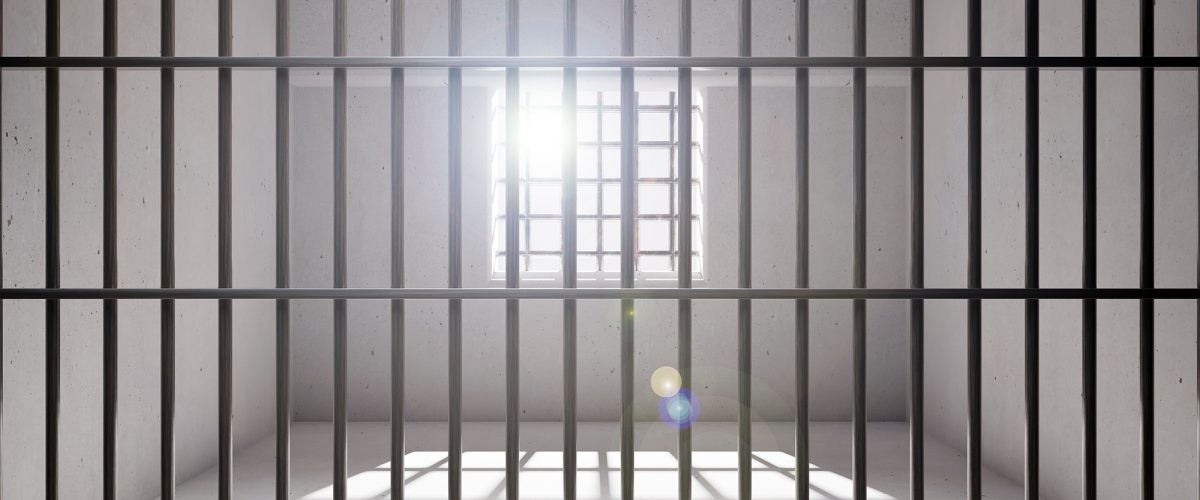Note: This is the final in a three-part series by Chris Caldwell about his work in Kentucky prisons.
The course I taught this summer in two Kentucky prisons was one I created a couple years ago at our HBCU: “Name It to Shame It: Data and the Sin of Structural Racism.”
The textbook is His Name Is George Floyd: One Man’s Life and the Struggle for Racial Justice. The book and the course look at the effects of structural racism in areas such as history, housing, education, policing, mass incarceration and social services.

Chris Caldwell
I’ve taught the course a few times now on campus, and it’s easily the most popular course I’ve taught during my eight years teaching at Simmons College of Kentucky. All but one of my on-campus “Name It to Shame It” students were Black, so when the college asked me to teach it in our prison program, I half-jokingly responded, “I’m fine with teaching in prison, but I don’t know about teaching white guys.”
I imagined teaching in prison was done under the watchful eye of a guard. At least in the medium security prisons where I taught, that’s not how it works. After passing through multiple iron gates and picking up your walkie-talkie, you walk a way to the educational building, which has two classrooms. My classrooms had space for about 25 students, and a few minutes after I arrived, a correctional officer would bring my students into class and then leave.
So there I was, with my walkie-talkie clipped to my belt, explaining to a two-thirds white crowd, most from the deep-red parts of our state, that I was there to teach a course on structural racism. I explained I would be teaching the same content I teach on our HBCU campus, reminded them they had joined us and we hadn’t joined them, and then added the same comment I always make when I teach this class: “When I was a pastor, I always said, ‘If you’ve never disagreed with anything I’ve said from this pulpit, then one of two things is true: Either I’m not much of a preacher, or you’re not much of a Baptist.’”
With that understanding in place, we proceeded to talk about how power and structures hold Black people back in our society. To my surprise, and definitely to my relief, with the exception of one white student who dropped the class, we had healthy and respectful conversations about power and racism — the sorts of conversations many people can’t even have with their own families — and we learned from each other.
I’m not saying my students walked out of that room into the self-segregated world of a prison and became pals across racial lines. But I do think we developed something of a community in the class, and a big part of this stemmed from the fact that almost everyone in the room (myself excluded) had grown up in urban ghettos or on the wrong side of the tracks in a small town.
The oppression of Blacks in Kentucky is different than and worse than the oppression of Eastern Kentucky, but there are a lot of commonalities. These and other commonalities especially emerged as we discussed policing and mass incarceration, subjects on which my students had a lot to say. Also, while prisons are lonely places, there is, even across racial lines, a sense that “we’re in this together,” which meant my students knew they had to make the class work.
Finally, I give my Black students high marks for patience when a white student said something they might have disagreed with, and I give my white students high marks for their willingness to listen to new perspectives.
Prisons may be the most cynical places in our country, but I emerged from teaching there a bit more hopeful about the prospects for conversations about race in our country. To the degree we can come to the table with a sense we’re in this together and have to make it work, to the degree we can discuss hard data and not just attitudes, and to the degree we can cut each other some slack, maybe, just maybe, we can have some conversations that matter.
Chris Caldwell is a member of the faculty and administration at Simmons College of Kentucky, a historic Black college founded in 1879. He also is a member of the BNG board.
Previous articles in this series:
Prison tables and the Lord’s Table
Six things I learned from teaching incarcerated students


